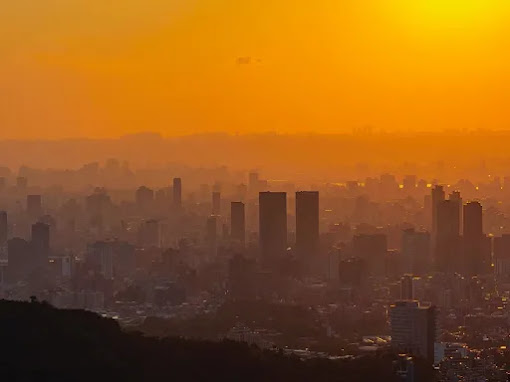Mysterious Inca City of Samaipata in the Andes

Bolivia's Andes are home to the enigmatic archeological site known as El Fuerte de Samaipata. The structure, often called the Shambhala of the Andes, was built centuries ago by an unidentified culture, and its exact origins are still a mystery. Samaipata, together with Machu Picchu, is one of the most mysterious sites of the Inca civilization The enigmatic complex serves as a reminder of South America's rich historical legacy, which is frequently overlooked. It may even be older than the pyramids of Egypt or the Stonehenge stone circles. El Fuerte's provide a singular window into antiquity, inspiring us to investigate the traces left by extinct societies. Come along with us as we investigate El Fuerte de Samaipata's mysteries. The rock with hundreds of carvings Samaipata is a small Bolivian town that has gained fame for its stunning mountain scenery, exceptional wine, and mysterious prehistoric site. The town



